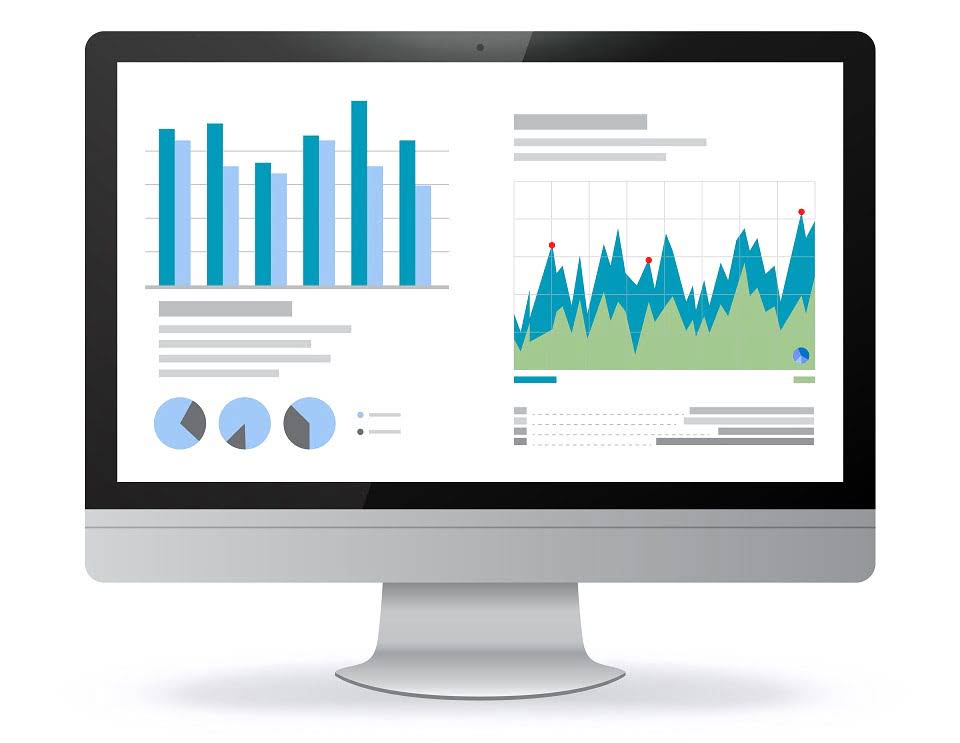
Accounts Payable departments should ensure that invoices always use the best possible payment terms. With execution management technology, organizations can identify the root causes for suboptimal payment terms, such as outdated master data. An EMS can then then flag invoices with incorrect terms and automatically suggest and set a better payment term within an invoice. Accounts Payable (AP or A/R), sometimes called “payables,” is the amount of money a business owes goods or services it receives on credit from a vendor.
Credit Control Software
Key features to look for include automated invoicing, payment tracking, collections management, real-time reporting, and seamless integration with other business systems. When it comes to your company’s balance sheet, there are plenty of important line items. By implementing the tips above, you can continue to strengthen your cash flow and collect your assets in a timely fashion. In 2023, 81% of businesses reported having an increase in delayed payments.
Effective accounts receivable management software reduces manual tasks
Accounts receivable management involves a set of methods, processes, and guidelines used by a company to handle the money it’s owed by customers. Your invoicing system should automatically send out invoices—and reminders about sent invoices, due dates, etc.—to customers after they place orders. Roughly 10-15% of invoices require a payment reminder, so the ability to automatically law firm accounts receivable management send these reminders is crucial to receiving timely payments. Automation eliminates the risk of billing errors, invoicing delays, and poor communication with customers. Maintaining this data can cut down on redundancies and manual entry in the keeping of records pertaining to accounts receivable. Storing it centrally can raise efficiency and reduce the processing time of tracking accounts receivable and collections of payments.

Data Integration Issues

When businesses extend credit, they essentially offer a loan to their customers, expecting that payment will be received in the future. Effective AR management ensures a steady cash flow, which is vital for meeting day-to-day operational expenses, investing in growth opportunities, and how is sales tax calculated maintaining financial health. When a company fails to collect payments on time, it can experience cash flow problems, which can lead to operational issues, inability to pay suppliers, or even insolvency in severe cases.

And since 61% of late payments are a result of incorrect invoicing, billing errors and duplicate payments might be costing you more than you think. Accounts receivable refers to the payments owed to a business by the customers. They represent lines of credit for previous purchases and act as recorded assets on the organization’s balance sheet. Because AR is considered both a legal obligation and current asset, customers must pay their balance within a year or less. In this way, modern, digital accounting help businesses enhance and improve their management of accounts receivable. That is, they reference a financial resource that can be converted to cash in the near future, once the customer has paid.
Accounts Receivable Management: 6 Best Improving Tips
- When it becomes clear that a receivable won’t be paid by the customer, it has to be written off as a bad debt expense or a one-time charge.
- Proper AR practices ensure that a company’s financial statements reflect true and fair views of its financial position, which is critical for audits, investor relations, and regulatory compliance.
- If your method for tracking purchases, invoices, and payments isn’t automatically updated in real time, you might be behind the eight ball on collecting what you’re owed.
- Customers can view invoice statuses, make payments, and raise disputes or queries, all through automated customer portals.
- As a business grows, the absence of an efficient cash flow system becomes a bottleneck, hindering further expansion.
- The number of days a customer has to pay the amount owed is usually specified on the invoice using terms like, Net 30, Net 60 or Net 90.
Accounts Receivable Open, or AR Open, measures how many ongoing Accounts Receivable a business has in a given period. Closing Accounts Receivable translates to more payments being resolved; having Accounts Receivable remain open indicates ongoing disputes, unpaid invoices, or attempts to resolve bad debt. A Collections Efficiency Indicator (CEI) relates the number of successfully collected debts to the number of total debts.
How does AR automation increase collections efficiency?
Getting your accounts receivable (AR) in control is one of the fastest ways to improve cash flow, reduce inefficient spending, and forecast with higher confidence. Understanding and leveraging these KPIs can help you make informed, data-driven decisions that ultimately accelerate accounting success. Our user-friendly AR learning center provides a comprehensive list of AR KPIs, enabling you to take proactive steps towards a more efficient and profitable accounts receivable process. As we mentioned, receivables refer to outstanding balances due to a company for providing goods or services on credit. Businesses typically aim to collect accounts receivable within a year, but often much sooner. You can think of accounts receivable as a short-term line of credit, where the company expects quick payment for the full amount of the product or service they provided to their customer.
Credit Cloud
A successful accounts receivable management process also helps companies maintain a healthy cash flow, which is essential for avoiding shortages or, in some cases, bankruptcy. Because a business’s future revenue is based on incoming cash, avoiding delays in customer payments is paramount. Organizations must work to effectively manage their accounts to increase working capital and, ultimately, pay their own bills. These Bookstime AR management software tools go beyond automating manual tasks, to relieve significant pain around wasted time, underutilized talent, delayed payments, and customer miscommunications. Maintaining positive cash flow is always important, but even more in times of economic volatility, company growth, or unexpected events. Building an effective accounts receivable management is critical to maintaining a positive cash flow and fostering a successful customer relationship.
Integrated with Microsoft’s suite of tools, Dynamics 365 offers a robust platform for automated accounts receivable processes. It facilitates efficient invoice creation, payment tracking, and provides insights into customer interactions, making it a comprehensive solution for businesses using Microsoft tools. Following this cycle helps keep cash flowing smoothly, ensures timely payments, and helps manage credit sales effectively. By understanding and using this cycle, businesses can keep their finances healthy and build good relationships with customers.